Home>Ideas and Tips>Backyard Meditation Labyrinth Design for a Mindful Outdoor Space
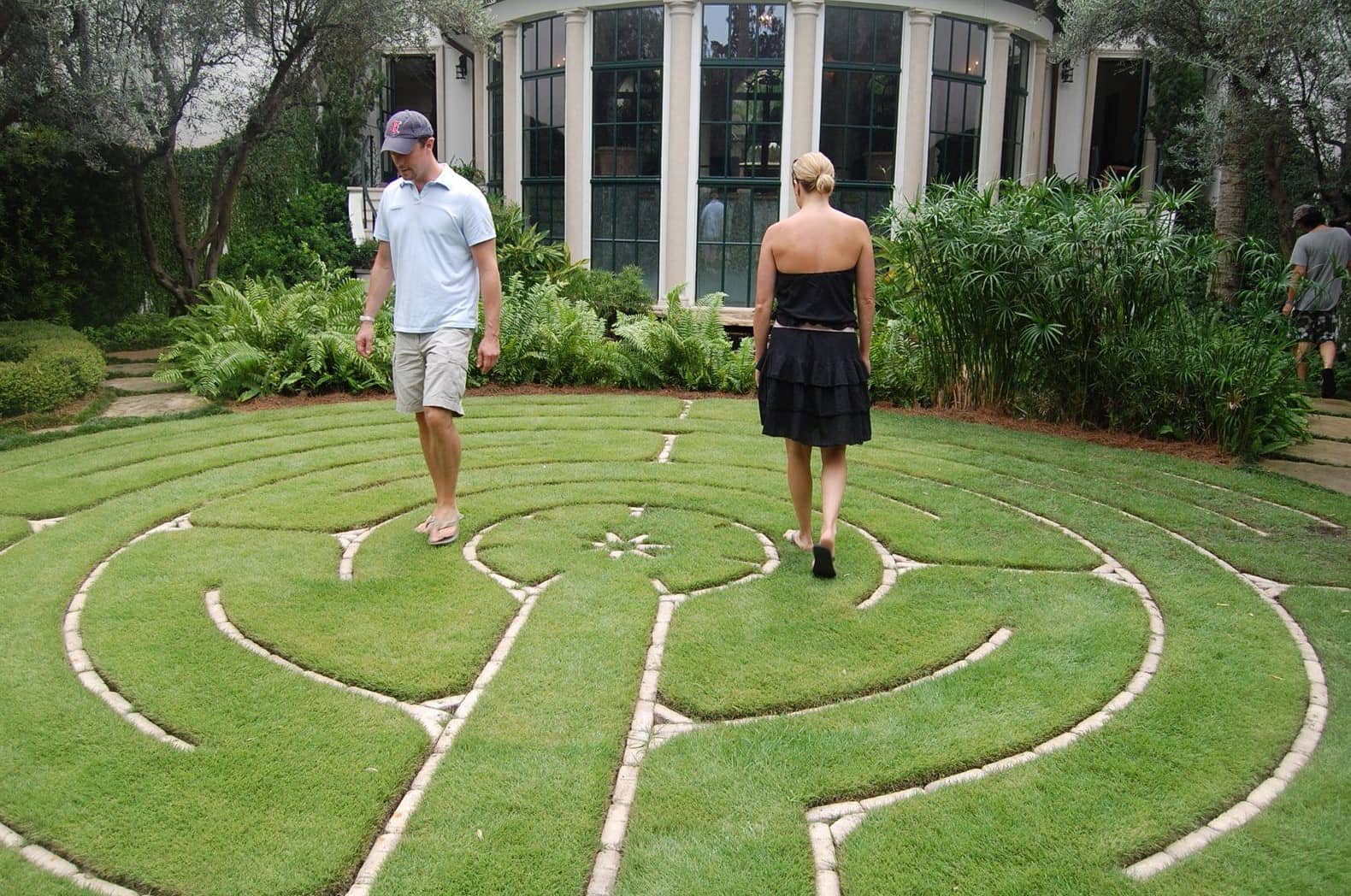

Ideas and Tips
Backyard Meditation Labyrinth Design for a Mindful Outdoor Space
Modified: October 27, 2024
Create a serene backyard meditation labyrinth to reduce stress, promote mindfulness, and enhance creativity. Discover design tips for your mindful outdoor space.
(Many of the links in this article redirect to a specific reviewed product. Your purchase of these products through affiliate links helps to generate commission for Storables.com, at no extra cost. Learn more)
Benefits of a Meditation Labyrinth
Creating a meditation labyrinth in your backyard can bring a world of benefits. For starters, it helps reduce stress and anxiety. Walking the labyrinth's path can calm your mind, making you feel more relaxed. It's like taking a mini-vacation without leaving home. The repetitive steps and the focus on your breathing can work wonders for your mental health.
Mindfulness is another big plus. A labyrinth encourages you to be present in the moment. As you walk, you pay attention to each step and your surroundings. This practice can help you become more aware of your thoughts and feelings. It's a great way to clear your mind and focus on what's important.
Spiritual growth is also a benefit. Labyrinths have been used for centuries in various spiritual traditions. They offer a quiet space where you can connect with your inner self or a higher power. It's a place for contemplation and prayer, helping you find deeper meaning in your life.
Mental clarity improves too. The circular path of a labyrinth symbolizes life's journey. Walking it can help you reflect on your experiences and gain new insights. It's like having a personal therapist right in your backyard.
Creativity gets a boost as well. The peaceful environment of a meditation labyrinth can stimulate your creative juices. Without distractions, your mind can wander freely, leading to new ideas and solutions. It's a perfect spot for brainstorming or just letting your imagination run wild.
Physical activity is another benefit. Walking a labyrinth is a gentle form of exercise. It promotes physical well-being while also benefiting your mental health. It's a win-win situation.
In summary, a meditation labyrinth can:
- Reduce stress and anxiety
- Promote mindfulness
- Foster spiritual growth
- Improve mental clarity
- Enhance creativity
- Increase physical activity
Key Elements of a Meditation Labyrinth
When designing your backyard meditation labyrinth, several key elements come into play. First, consider the path material. Gravel or stone provides a smooth surface that's easy on the feet. Bricks or pavers offer durability and can be arranged in different patterns for visual interest. Grass or turf blends seamlessly into the natural surroundings, creating a more organic look.
Next, think about the path width. It should be wide enough for comfortable walking but narrow enough to encourage focus. A width of about 3-4 feet is ideal. This balance ensures you can walk without feeling cramped or distracted.
The center circle is crucial. Often called the "sanctuary" or "heart" of the labyrinth, it should be large enough for comfortable standing. This space allows for reflection and contemplation without feeling crowded.
Entrance and exit points are also important. The entrance should be clearly defined but not overly dramatic. This helps maintain a meditative state. The exit should blend seamlessly into the surroundings, allowing for a smooth transition back to daily life.
The surroundings of your labyrinth should be peaceful and visually appealing. Incorporate plants, water features, or other calming elements. These additions can enhance the labyrinth's effectiveness and make it a more inviting space.
Lighting is another key element. Proper lighting creates an inviting atmosphere. Solar-powered lights or string lights add ambiance without disrupting natural light. This makes the labyrinth usable at any time of day.
Seating areas near or around the labyrinth provide additional spaces for reflection. These spots can be used before or after walking the labyrinth, offering a place to sit and think.
Finally, consider adding artwork and decorations. These elements can make your labyrinth more meaningful and engaging. Choose items that resonate with your personal beliefs or themes.
In summary, key elements include:
- Path material (gravel, stone, bricks, pavers, grass, turf)
- Path width (3-4 feet)
- Center circle (sanctuary or heart)
- Entrance and exit points
- Surroundings (plants, water features)
- Lighting (solar-powered, string lights)
- Seating areas
- Artwork and decorations
Practical Steps to Create Your Backyard Meditation Labyrinth
Creating a backyard meditation labyrinth involves several steps. First, choose a location. Select a quiet area in your backyard that's free from distractions. Ensure it receives enough sunlight but also provides some shade. Accessibility is key, so make sure it's easy to reach for everyone, including those with mobility issues.
Next, plan your design. Measure the space where you plan to build the labyrinth. This will help you determine its size and shape. Sketch out different designs until you find one that suits your space and preferences. Symmetry often creates a sense of balance and harmony, so consider incorporating it into your design.
Once you have a plan, prepare the ground. Clear any debris or obstructions from the chosen area. Ensure the ground is level by using a spirit level or tamping down the soil. Mark out the path using stakes and string or spray paint.
Now it's time to lay down the path material. For a gravel or stone pathway, spread a layer of compacted gravel or stone along the marked sections. Use a rake to smooth the surface. For a brick or paver pathway, lay the bricks or pavers according to the marked sections. Ensure proper spacing between each unit and use sand between the pavers for stability. For a grassy pathway, roll out turf sections along the marked paths. Water thoroughly after installation to allow it to settle properly.
Next, create the center circle. Define its boundaries using stakes. This area should be clearly visible from the outside perimeter. You can add decorative elements like stones or plants to enhance its appeal.
Add entrance and exit points. Designate a clear entrance point that avoids dramatic elements. This helps maintain a meditative state. Ensure the exit blends seamlessly into the surroundings, allowing for a smooth transition back to daily life.
Enhance the surroundings by incorporating plants and water features. These elements can create a calming atmosphere. Install solar-powered or string lights around the perimeter to add ambiance. Place seating areas nearby for additional reflection spots. Finally, add artwork or decorations that resonate with your personal beliefs or themes.
In summary, practical steps include:
- Choose a location (quiet, sunny, accessible)
- Plan your design (measure, sketch, symmetry)
- Prepare the ground (clear debris, level ground, mark path)
- Lay down path material (gravel, stone, bricks, pavers, grass, turf)
- Create center circle (define boundaries, add decorations)
- Add entrance and exit points (clear entrance, seamless exit)
- Enhance surroundings (plants, water features, lighting, seating, artwork)
Maintenance Tips
Maintaining your backyard meditation labyrinth is crucial for its longevity and functionality. Regular cleaning is a must. Sweep the gravel or stone paths to remove debris like leaves and fallen branches. This prevents damage and keeps the labyrinth looking neat.
Weeding control is another important task. Regularly weed the grassy or turf sections to prevent overgrowth. This ensures the paths remain clear and easy to walk. Seasonal pruning of nearby plants and flowers is also essential. This maintains healthy growth and prevents overgrowth from encroaching on the paths.
Lighting checks are necessary to ensure proper functioning. Regularly inspect solar-powered or string lights to make sure they provide adequate illumination. This makes the labyrinth usable during evening hours when natural light fades.
Seating area maintenance is also important. Regularly inspect the seating areas to ensure they are clean and comfortable. These spots provide additional reflection and relaxation spaces before or after using the labyrinth.
In summary, maintenance tips include:
- Regular cleaning (sweep gravel, stone paths)
- Weeding control (prevent overgrowth)
- Seasonal pruning (maintain healthy growth)
- Lighting checks (ensure proper functioning)
- Seating area maintenance (clean, comfortable)
By following these practical steps and maintenance tips, you'll create a serene and contemplative environment in your backyard. A meditation labyrinth can foster spiritual growth, promote mindfulness, and reduce stress and anxiety. So why wait? Start designing and building your very own backyard meditation labyrinth today.
Was this page helpful?
At Storables.com, we guarantee accurate and reliable information. Our content, validated by Expert Board Contributors, is crafted following stringent Editorial Policies. We're committed to providing you with well-researched, expert-backed insights for all your informational needs.
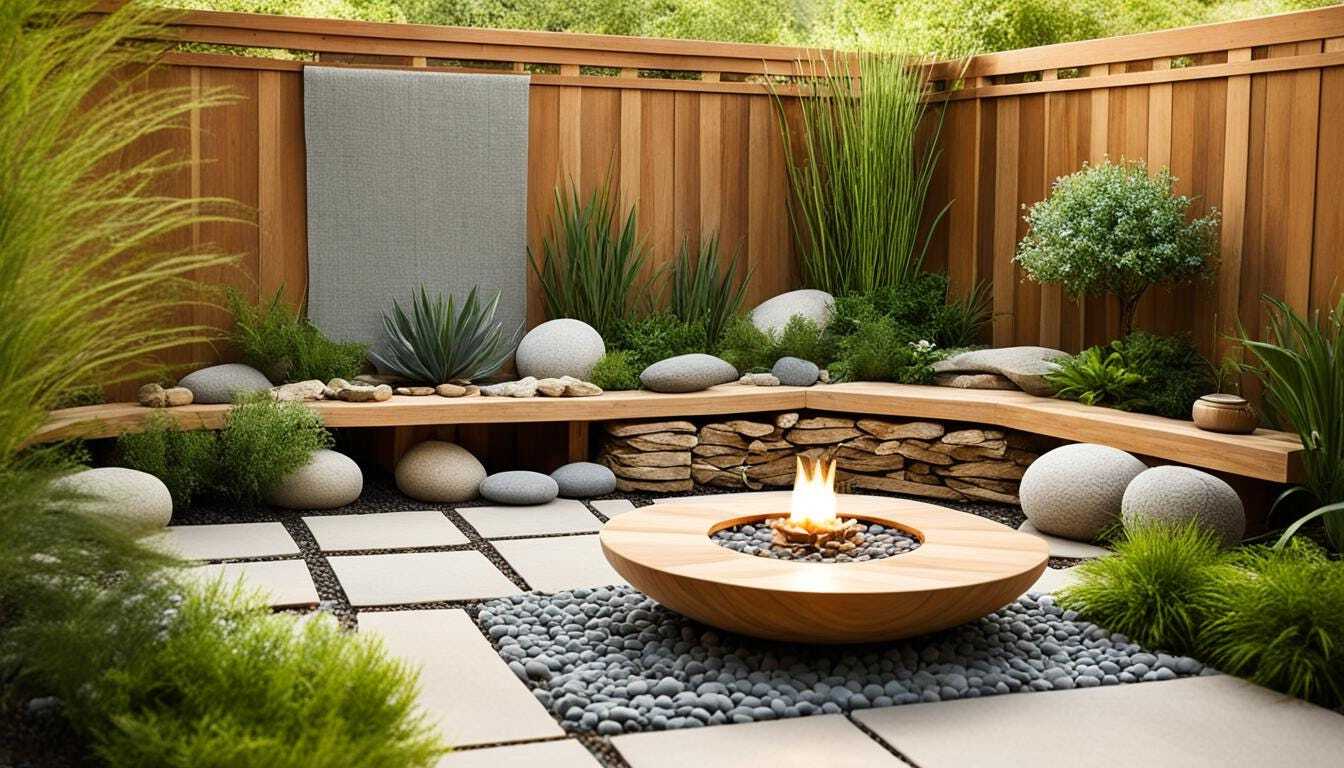
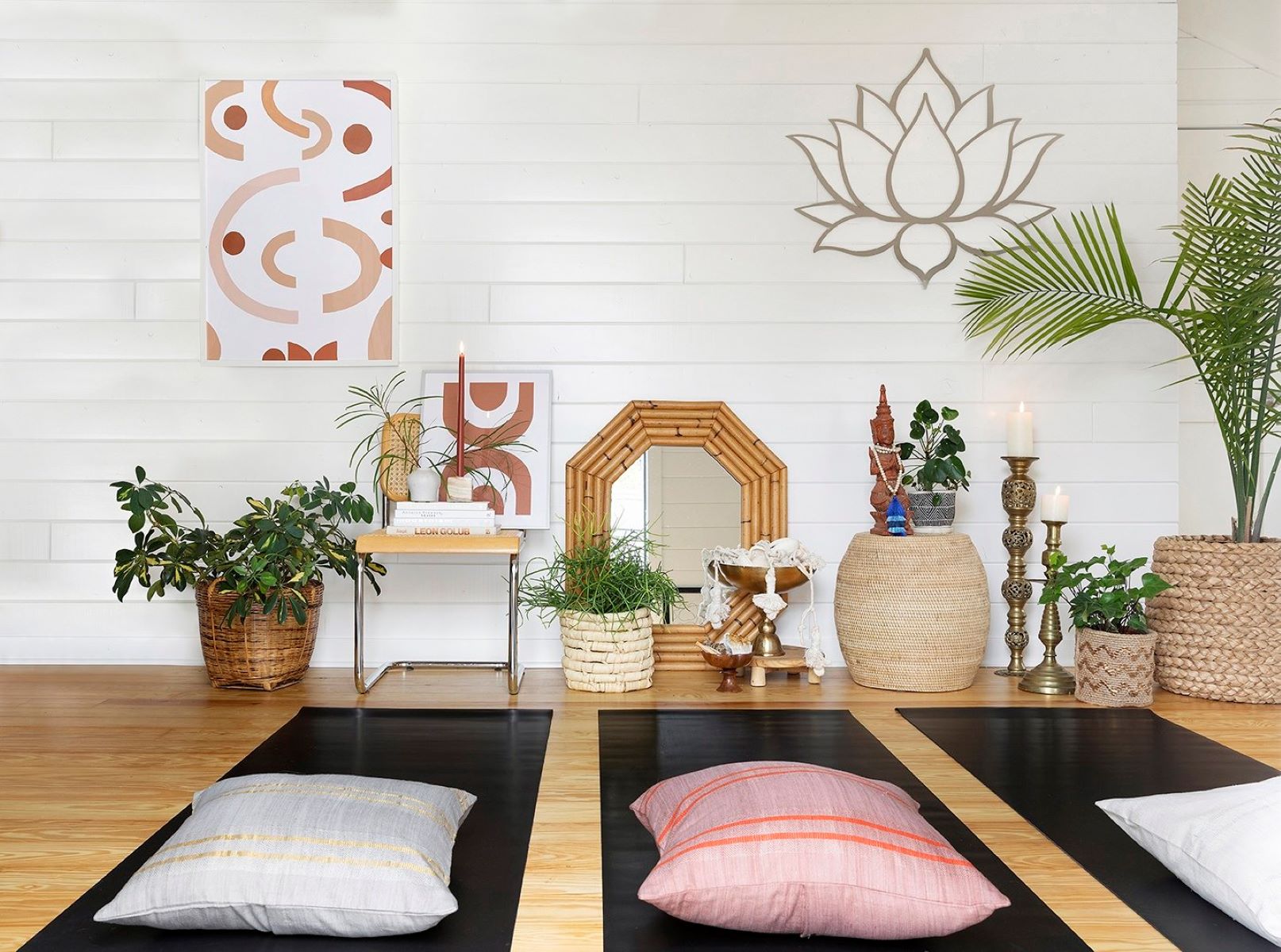
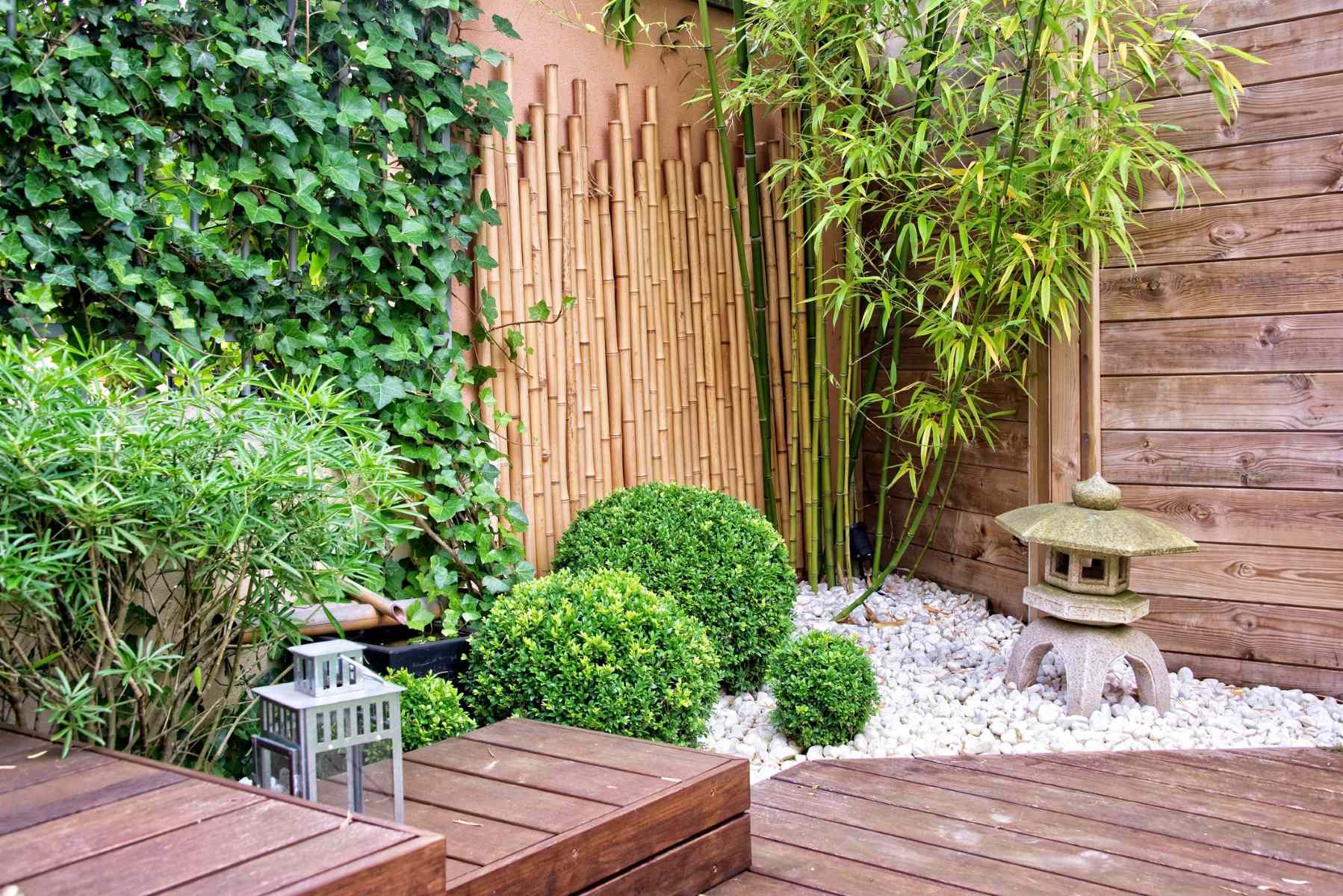
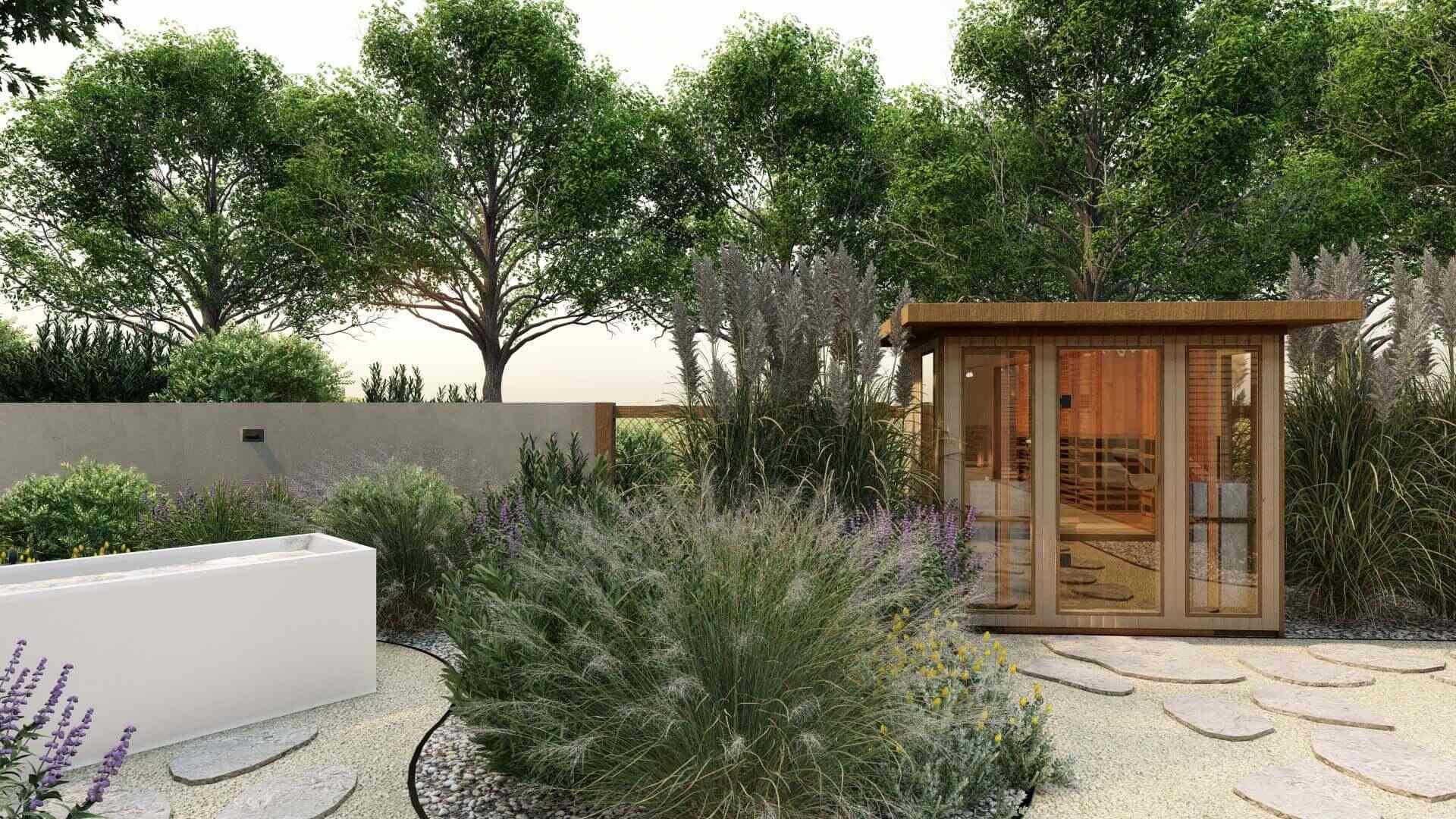
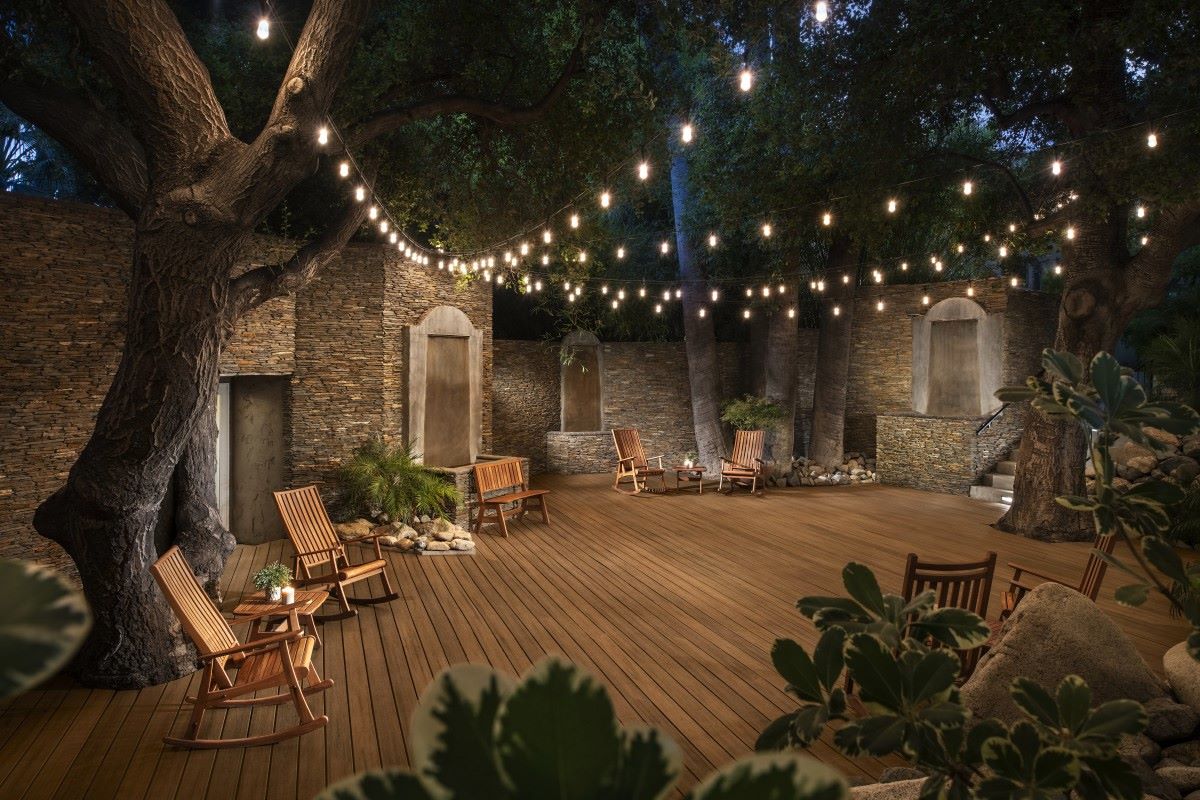
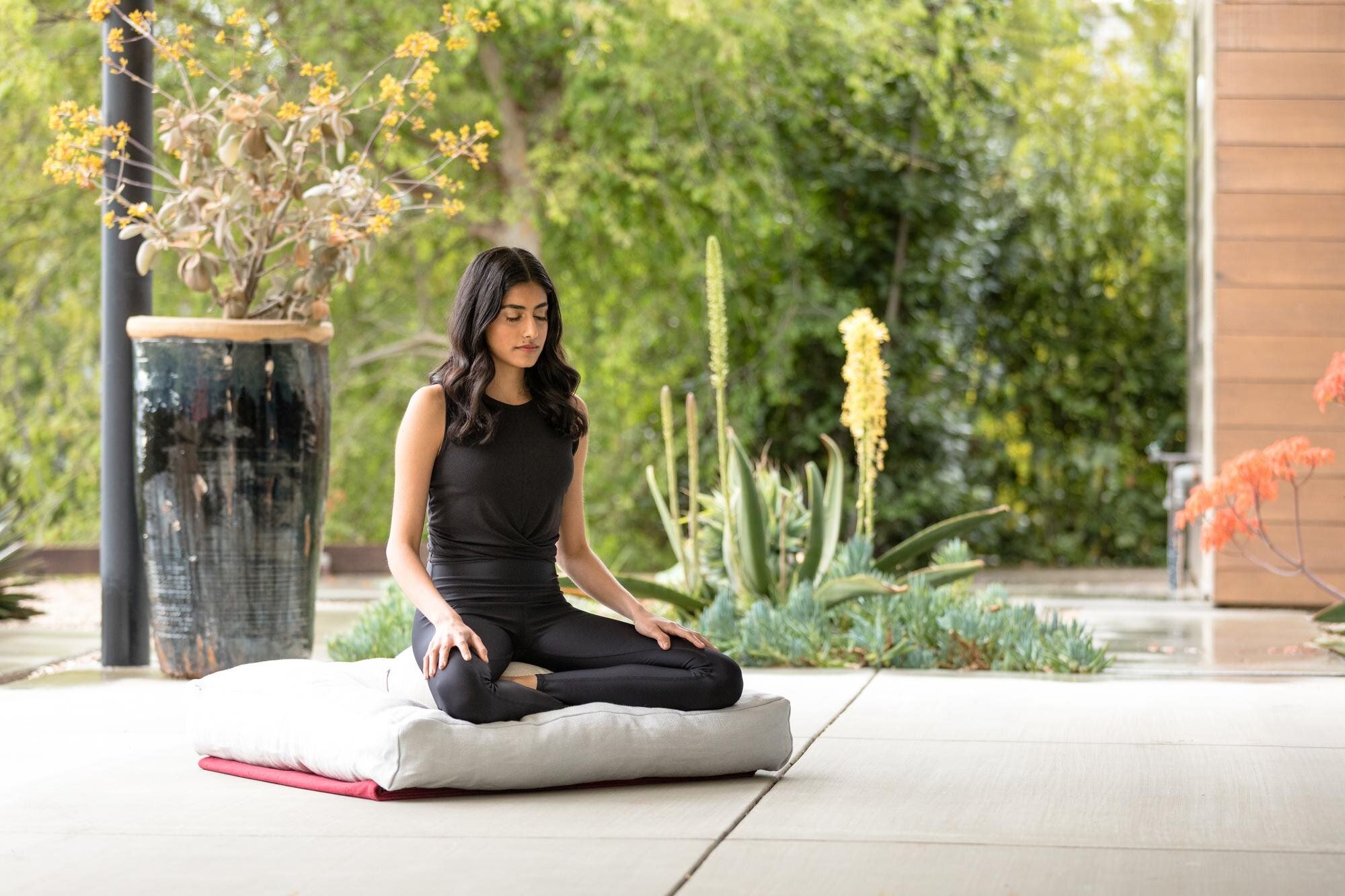


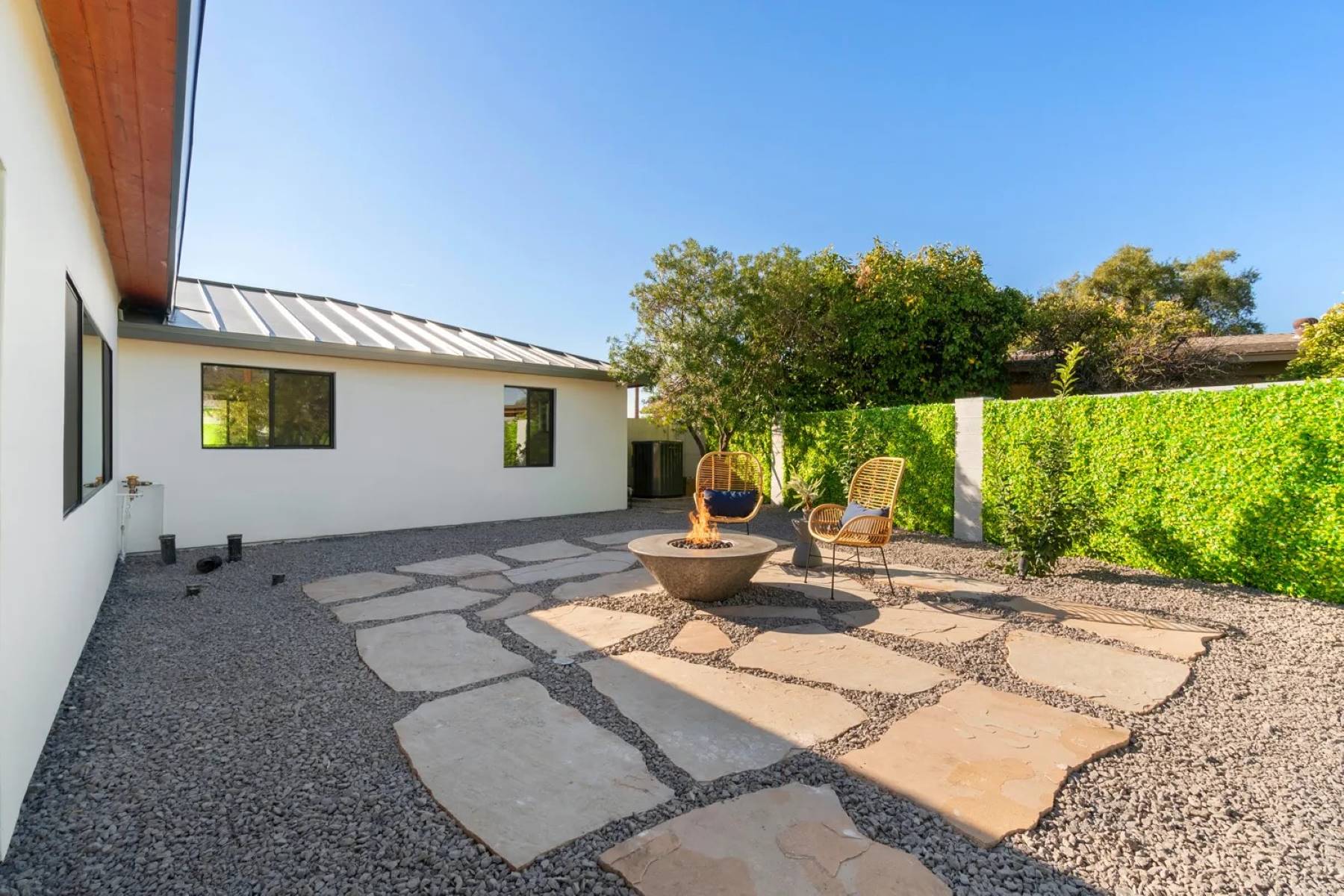

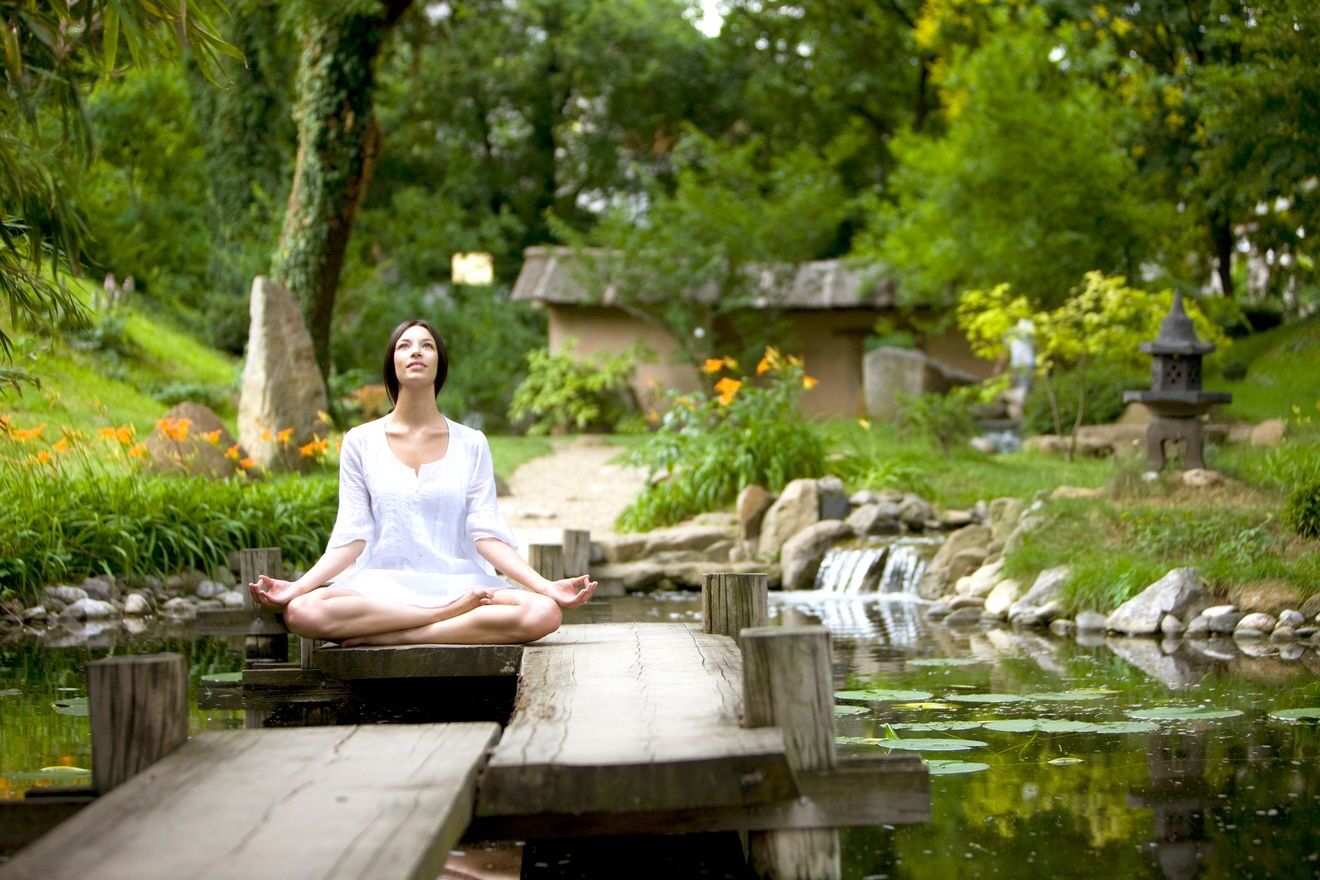
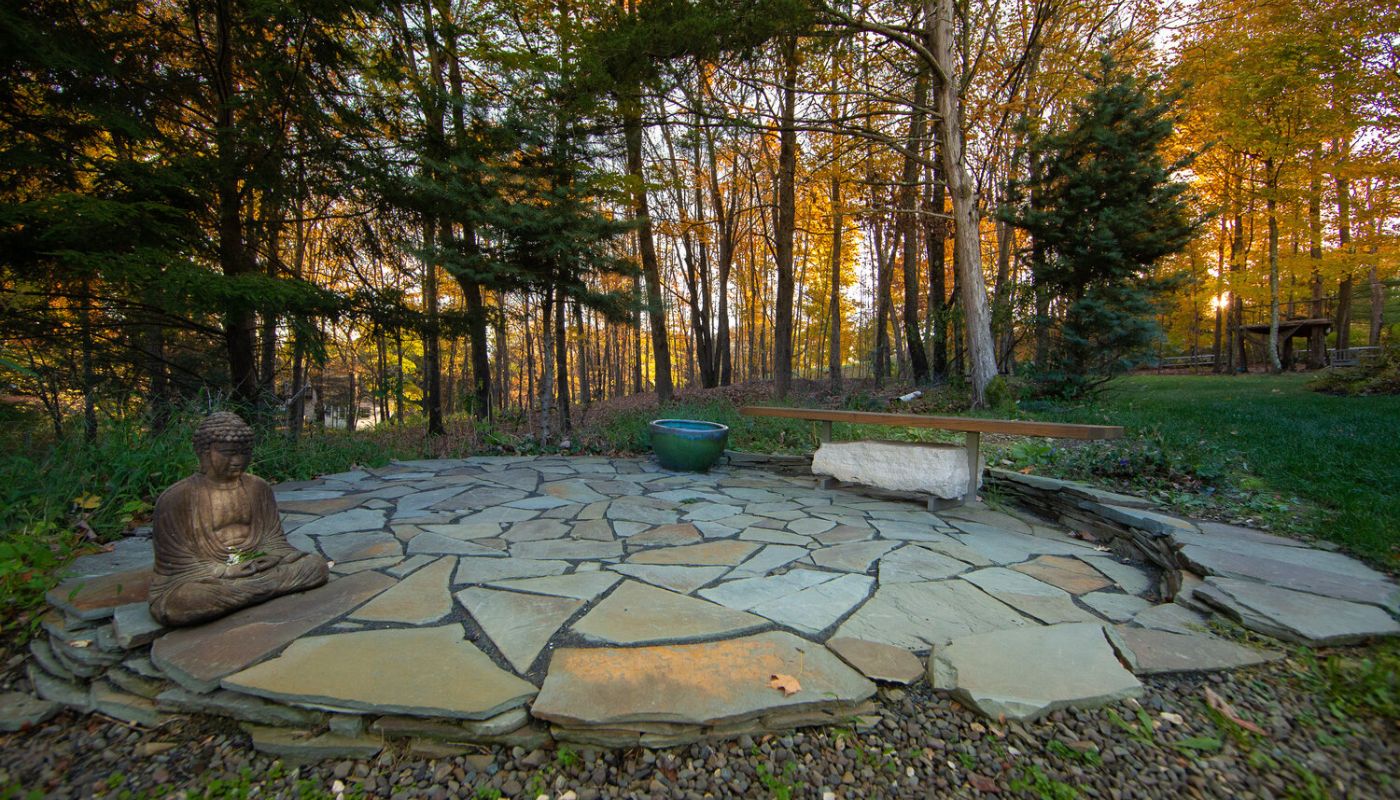
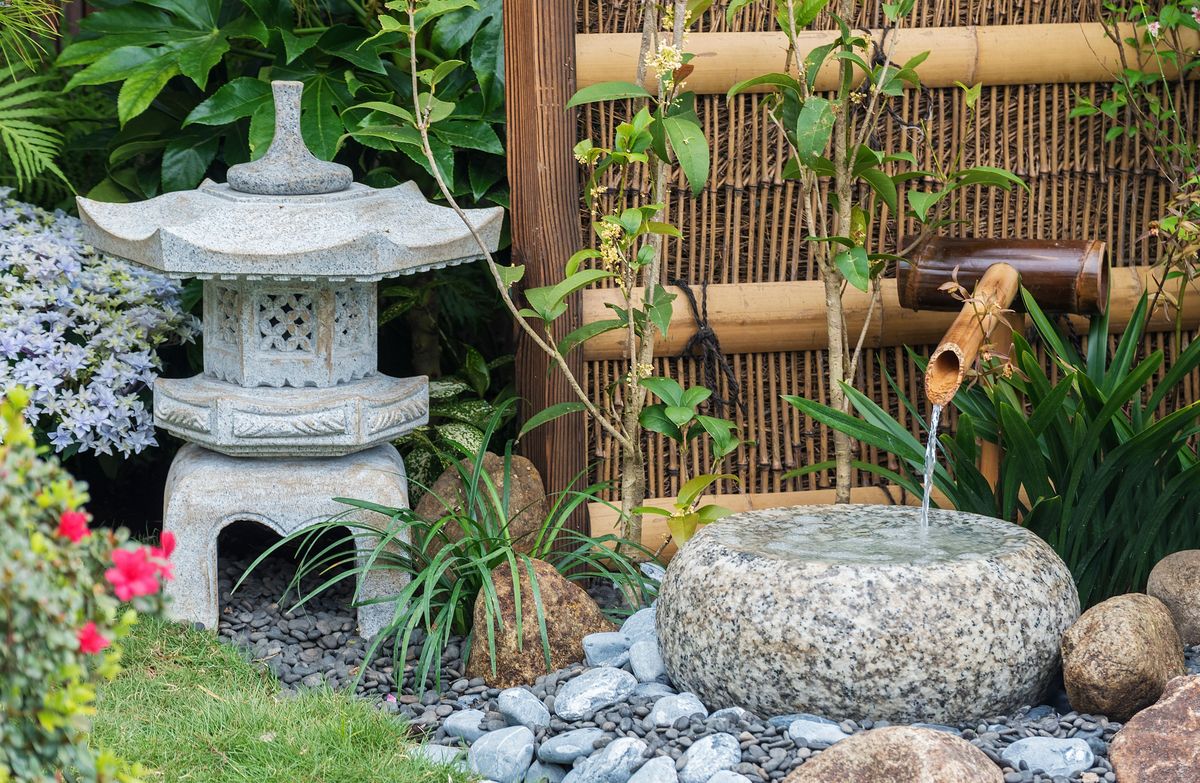

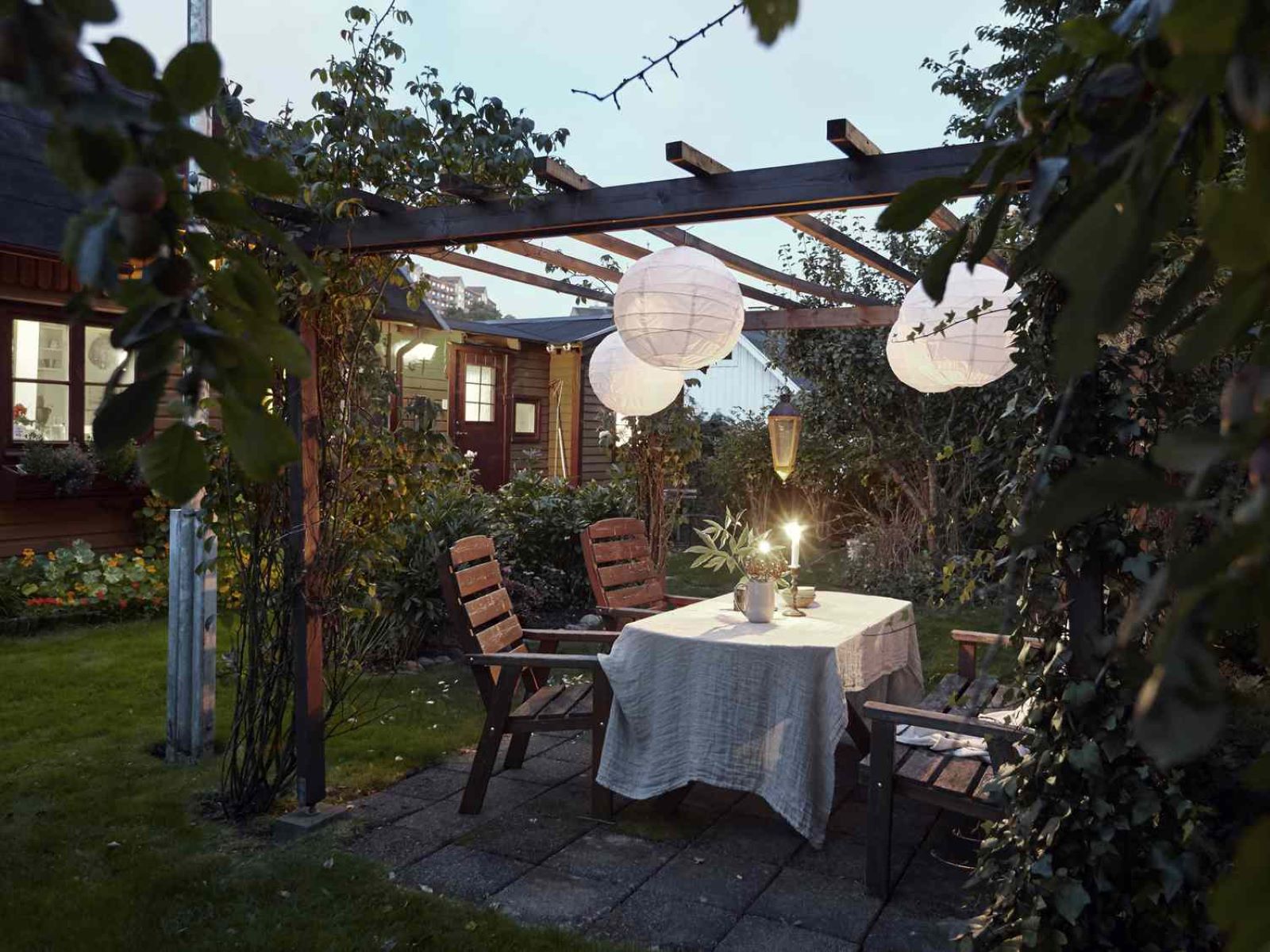

0 thoughts on “Backyard Meditation Labyrinth Design for a Mindful Outdoor Space”